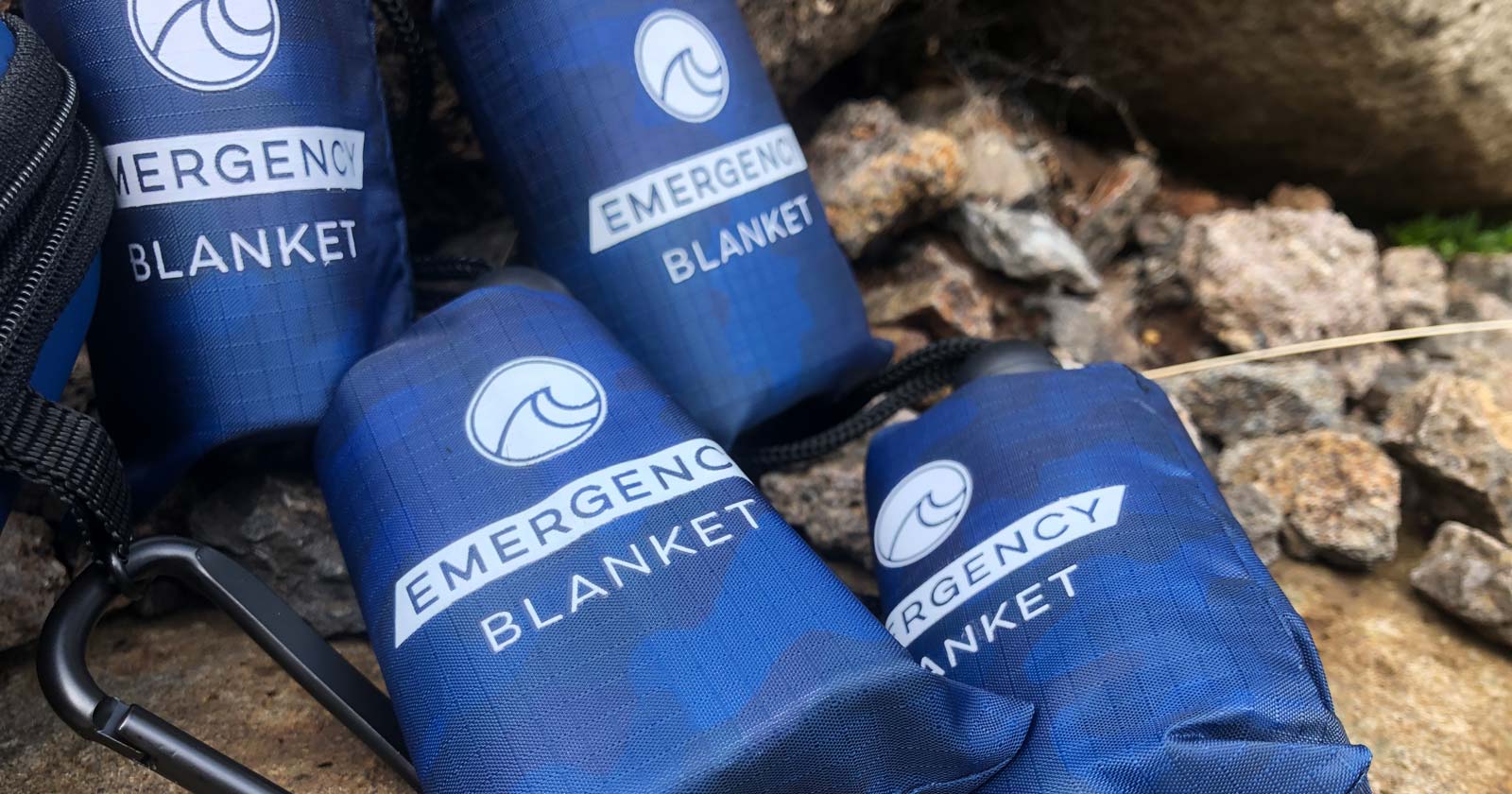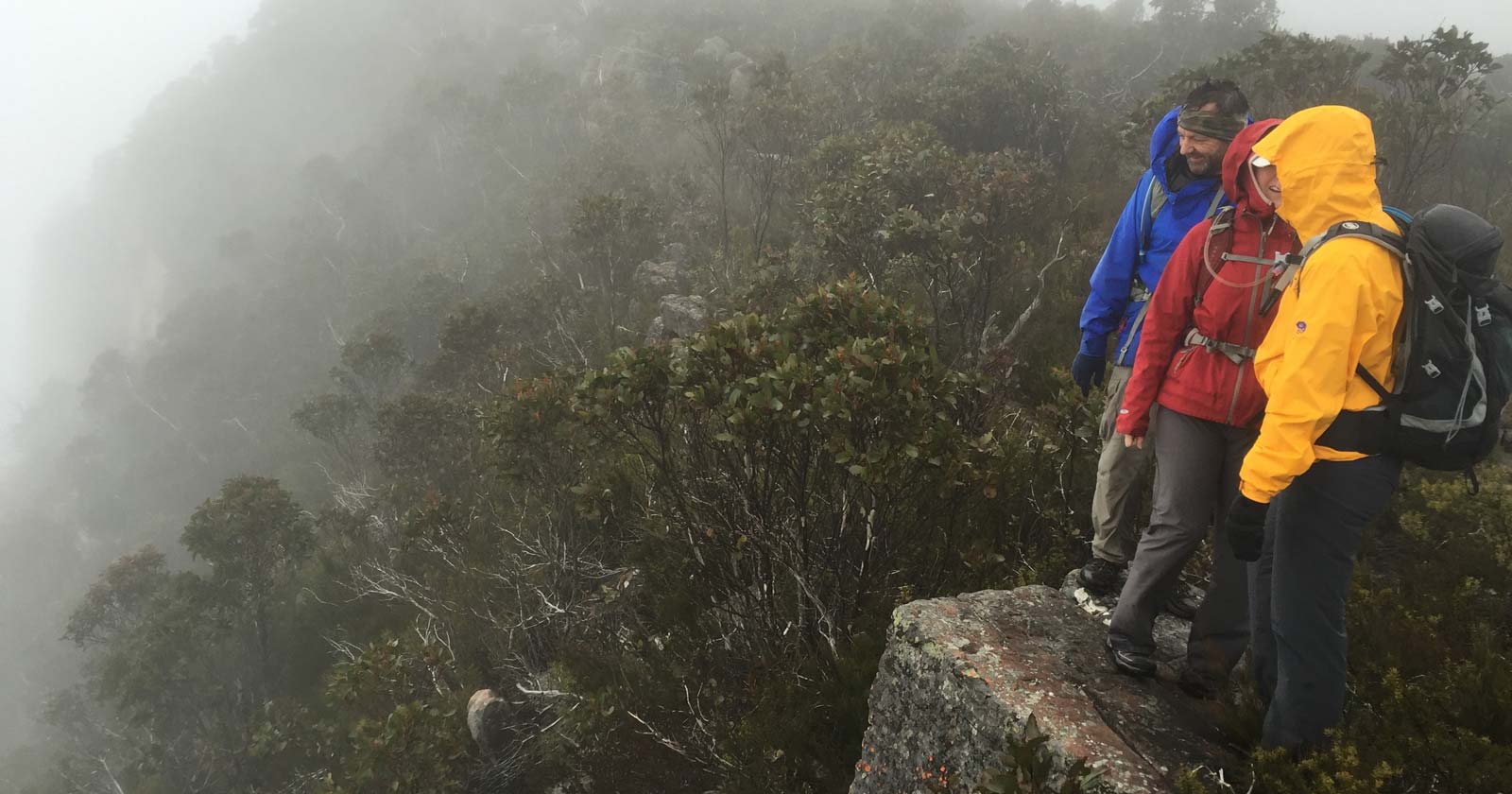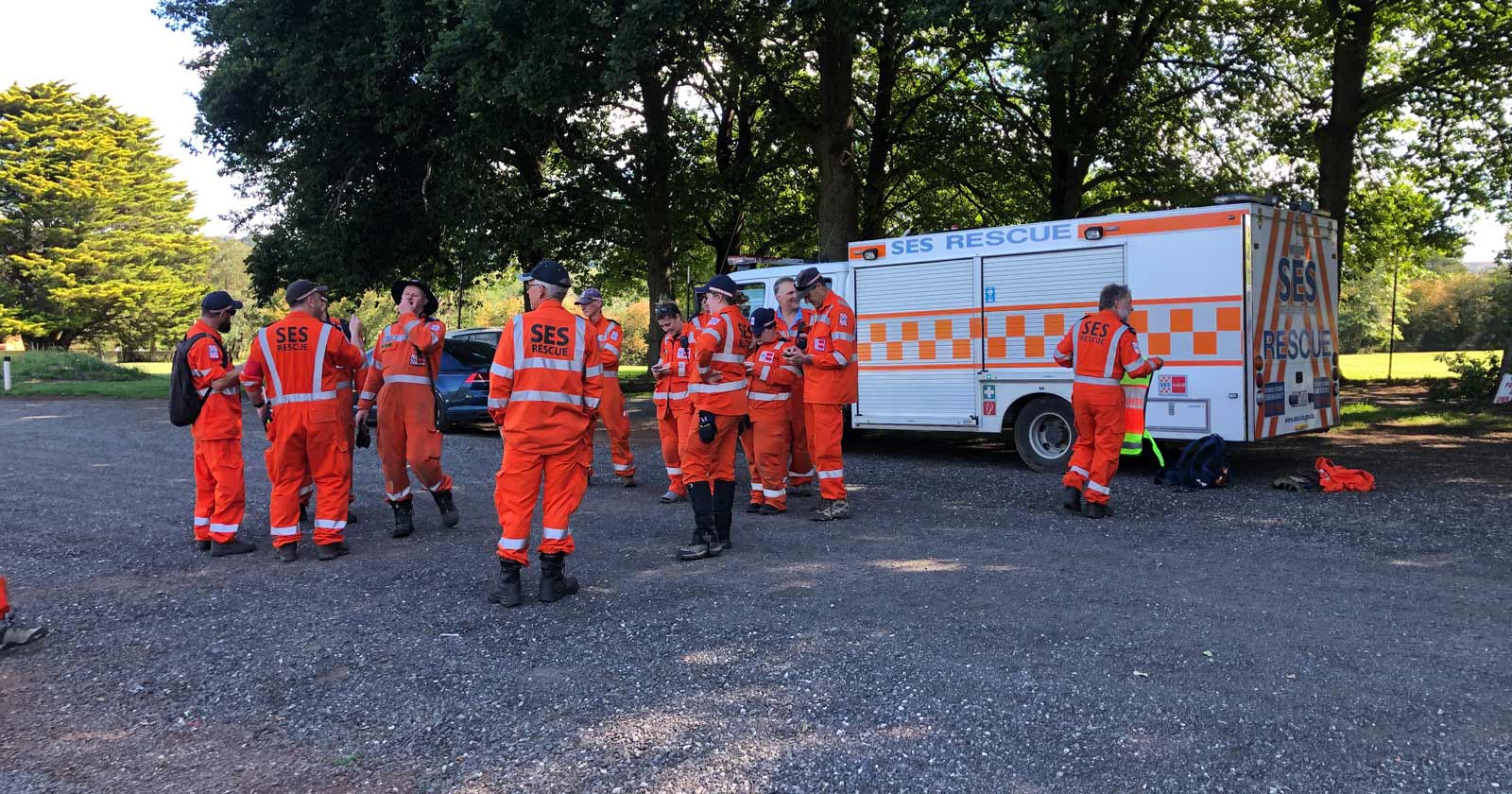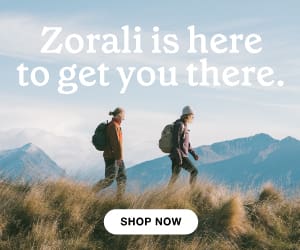Whether you’re traversing scenic trails, summiting majestic peaks, or exploring remote wilderness areas, being well-prepared and staying connected with your fellow hikers can enhance your hiking experience and contribute to your safety. One tool that can aid in staying connected is the UHF radio. UHF (Ultra High Frequency) radios can be useful for hiking in certain situations. UHF radios are a type of two-way radio that operate on frequencies between 300 MHz and 3 GHz, which allows for relatively short-range communication. Here’s a few potential uses of UHF radios for hiking:
Group communication
Hiking with a group of friends or fellow outdoor enthusiasts can be a lot of fun, but it’s important to stay in touch and coordinate your movements, especially in large or complex trails. UHF radios can be an effective means of group communication during your hiking adventures. With multiple channels and privacy codes, UHF radios allow for clear and private communication among group members. You can use them to relay information about trail conditions, updates on changes in plans, or simply to check in with each other. UHF radios provide a convenient and efficient way to stay connected with your hiking companions, ensuring that everyone stays on the same page and is aware of any potential hazards or changes.
Emergency communication
While no one wants to think about emergencies while enjoying the beauty of nature, being prepared is crucial. UHF radios can serve as a reliable emergency communication tool during your hiking trips. In case of an accident, injury, or other emergency, UHF radios can be used to call for help and request assistance from nearby hikers or park rangers. UHF radios typically have a longer range than other types of two-way radios, allowing you to communicate with emergency services or other hikers who may be out of shouting distance. However, it’s essential to remember that UHF radios are not a substitute for proper emergency preparedness. Always carry other essential safety gear such as first aid kits, navigation tools, and extra food and water, and know how to use them effectively.
Navigation and wayfinding
Navigation is a crucial aspect of hiking, and UHF radios can be a valuable tool for finding your way in the wilderness. If you’re lost or need directions, you may be able to use a UHF radio to ask for help in finding your way back to the trailhead or to the nearest landmark. Park rangers or other hikers with UHF radios can provide guidance and help you navigate through unfamiliar terrain. UHF radios can also be useful for getting information about trail conditions, closures, or other updates from park authorities. They can be especially helpful in areas where mobile phone coverage is limited or nonexistent, making UHF radios a reliable communication option for staying on track during your hiking adventures. It is worth recognising the limitations though.
Limitations of UHF radios
While UHF radios can be a valuable communication tool for hiking, it’s important to be aware of their limitations. The effective range of UHF radios can be influenced by various factors such as terrain, weather conditions, and obstructions, which can limit their communication range. In dense forests, gorges, canyons, or other areas with natural or man-made obstructions, the range of UHF radios may be significantly reduced, so they may not be reliable in all situations. UHF radios require line-of-sight communication, which means that they may not work well in areas with steep cliffs, deep valleys, or dense foliage.
It’s also essential to be mindful of the regulations and guidelines set by the park authorities or local laws regarding the use of UHF radios. Some wilderness areas may have restrictions on the use of certain frequencies or privacy codes, or may require a permit to operate UHF radios. Always check the regulations and guidelines before using UHF radios during your hiking trips to ensure compliance and respect for the wilderness environment. I believe in Australia, there are no regulations for use.
UHF radios can be a valuable tool for enhancing your hiking experience and staying connected in the wilderness. They can facilitate group communication, serve as an emergency communication tool, aid in navigation and wayfinding. However, it’s important to be aware of their limitations and follow all regulations and guidelines when using UHF radios in wilderness areas.
It’s important to always carry alternative means of communication, such as a PLB, whistle, signal mirror, or satellite communication device, when hiking anywhere, especially in remote areas.















